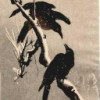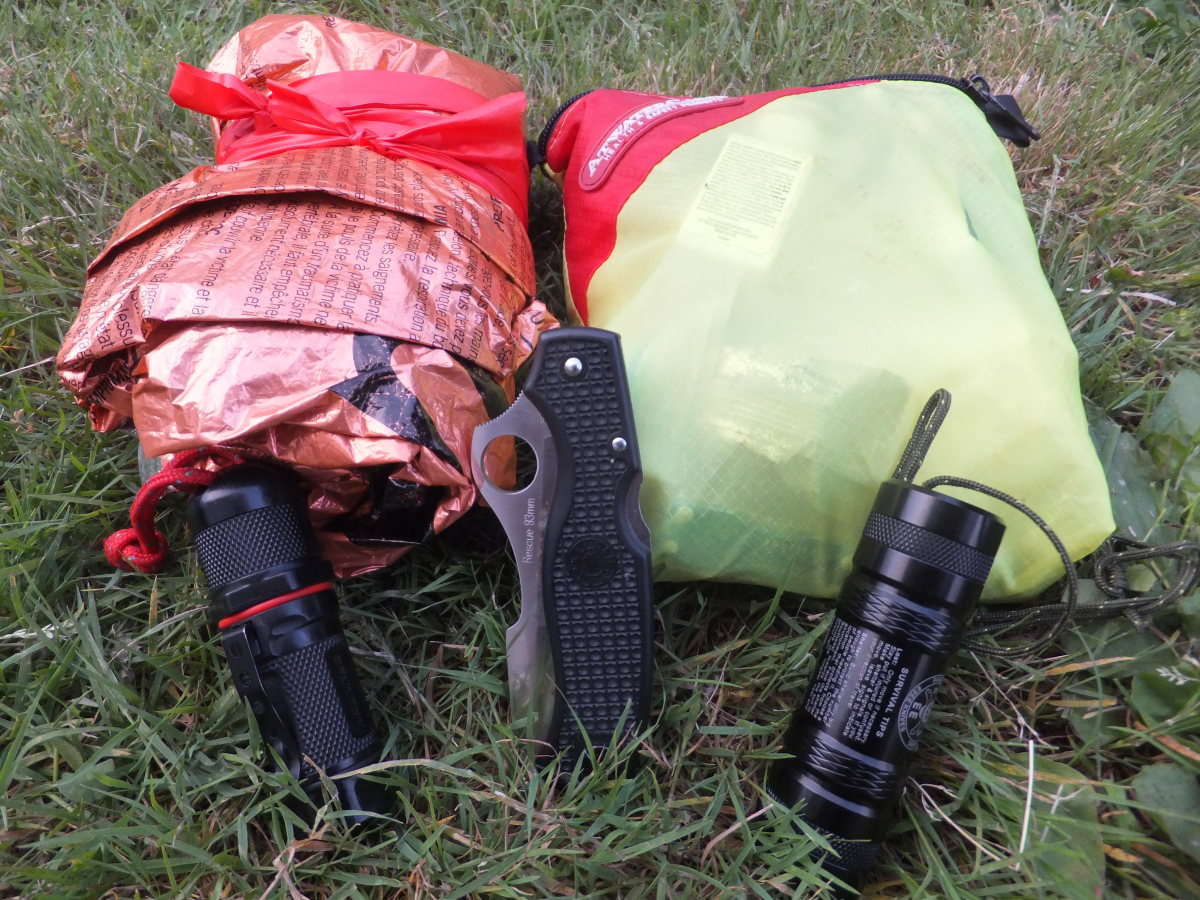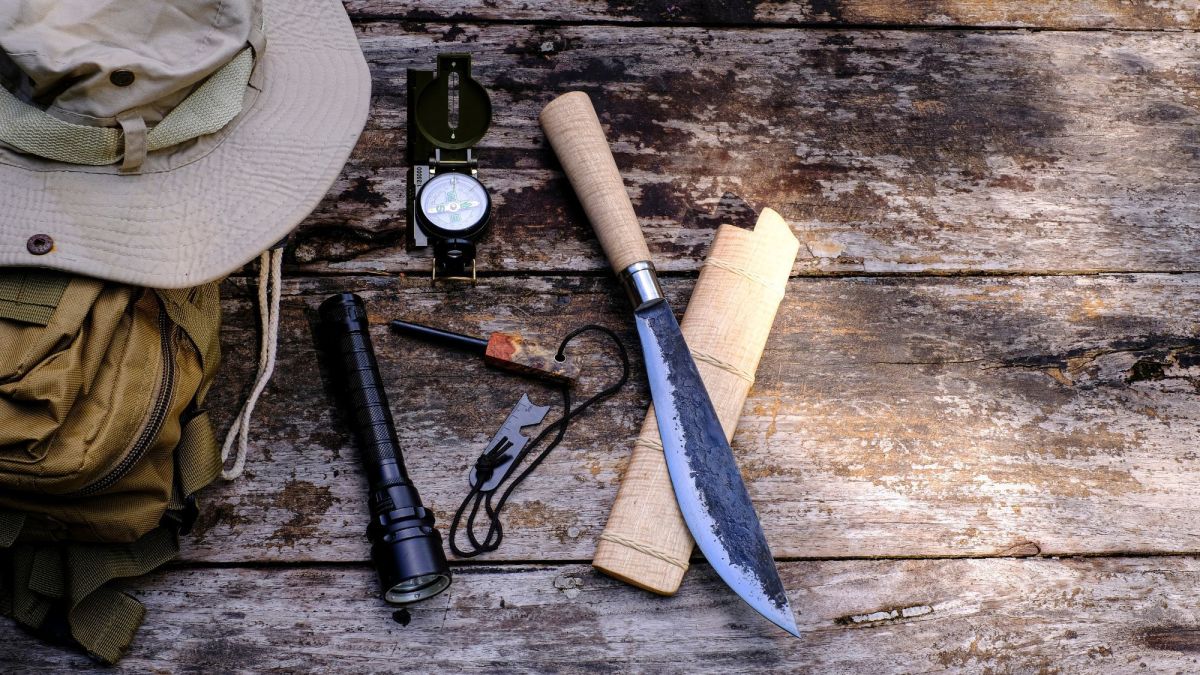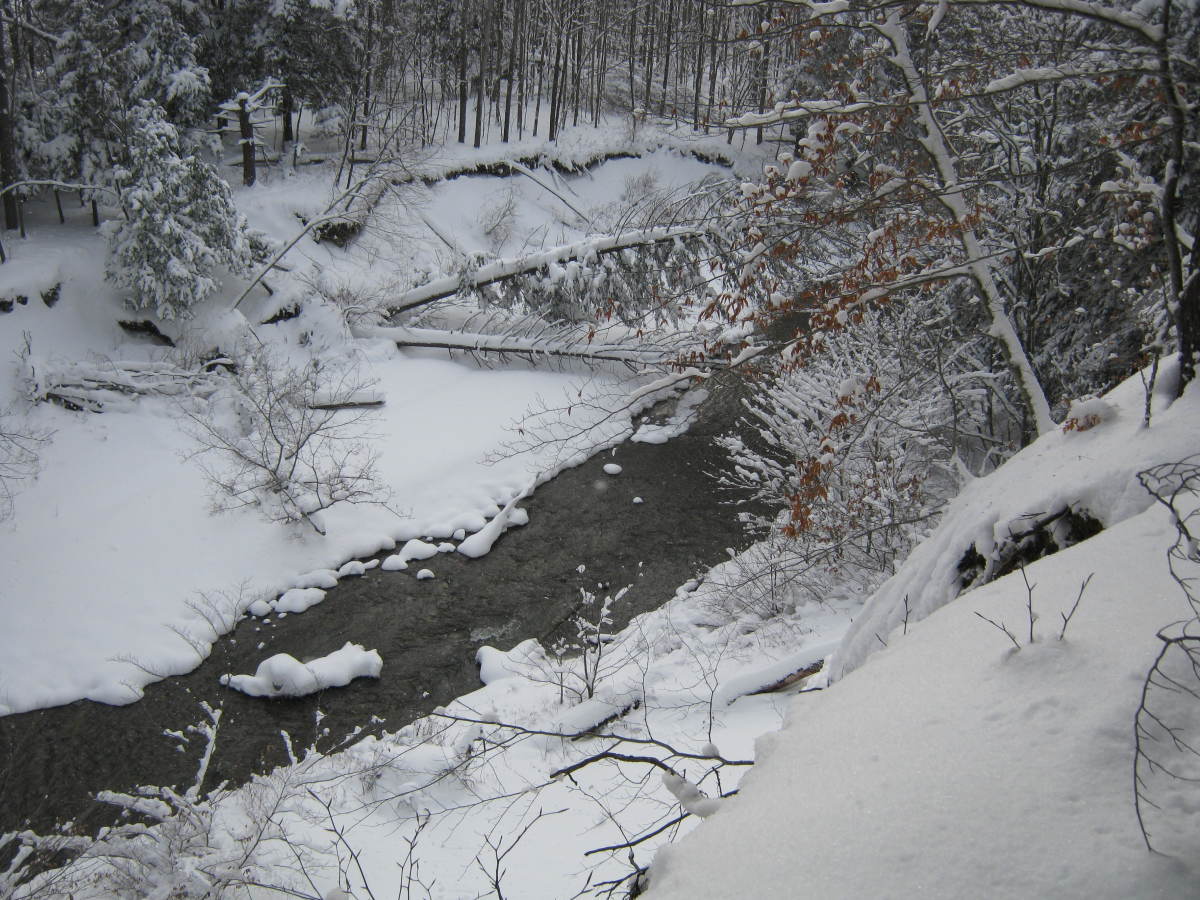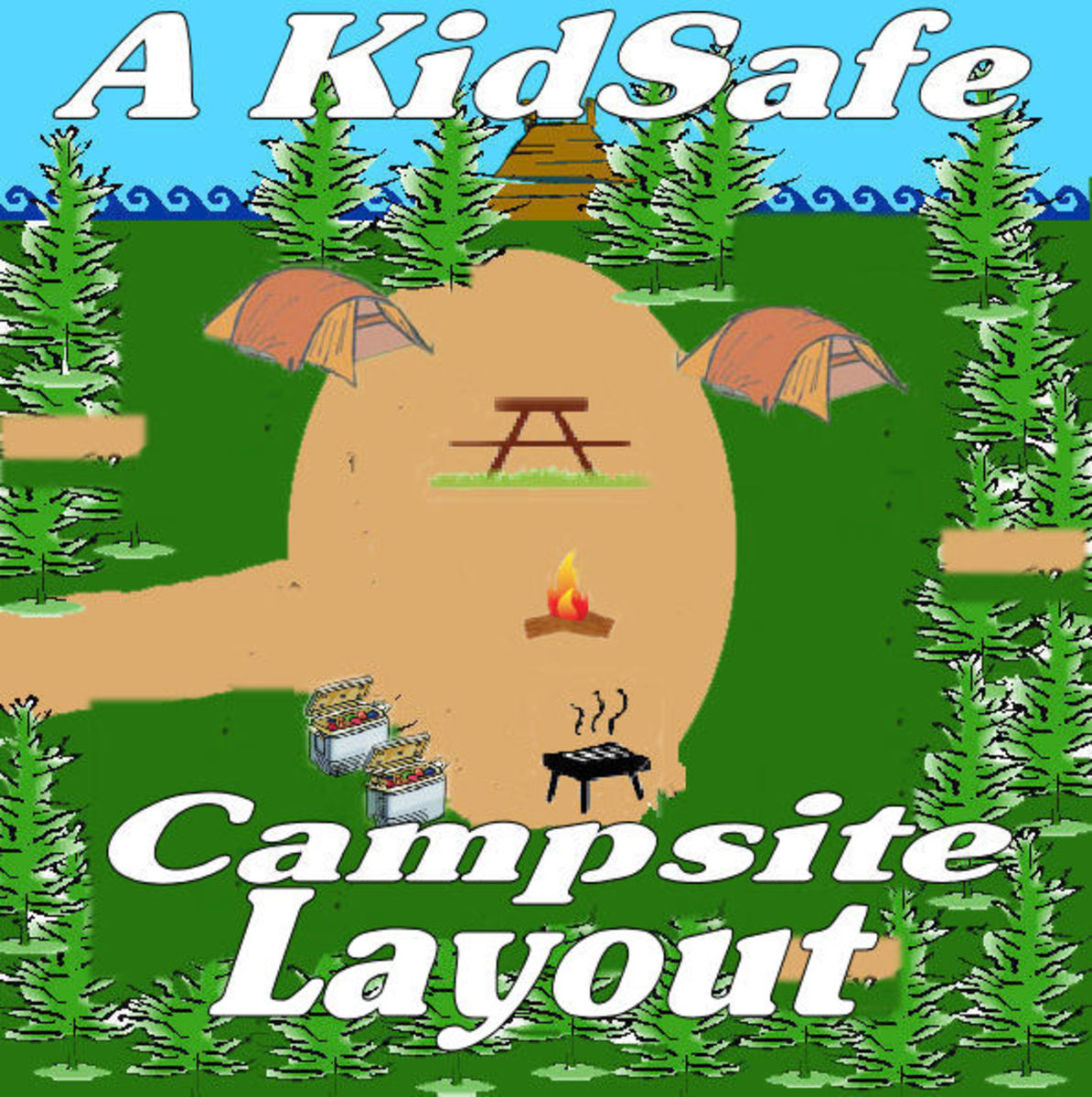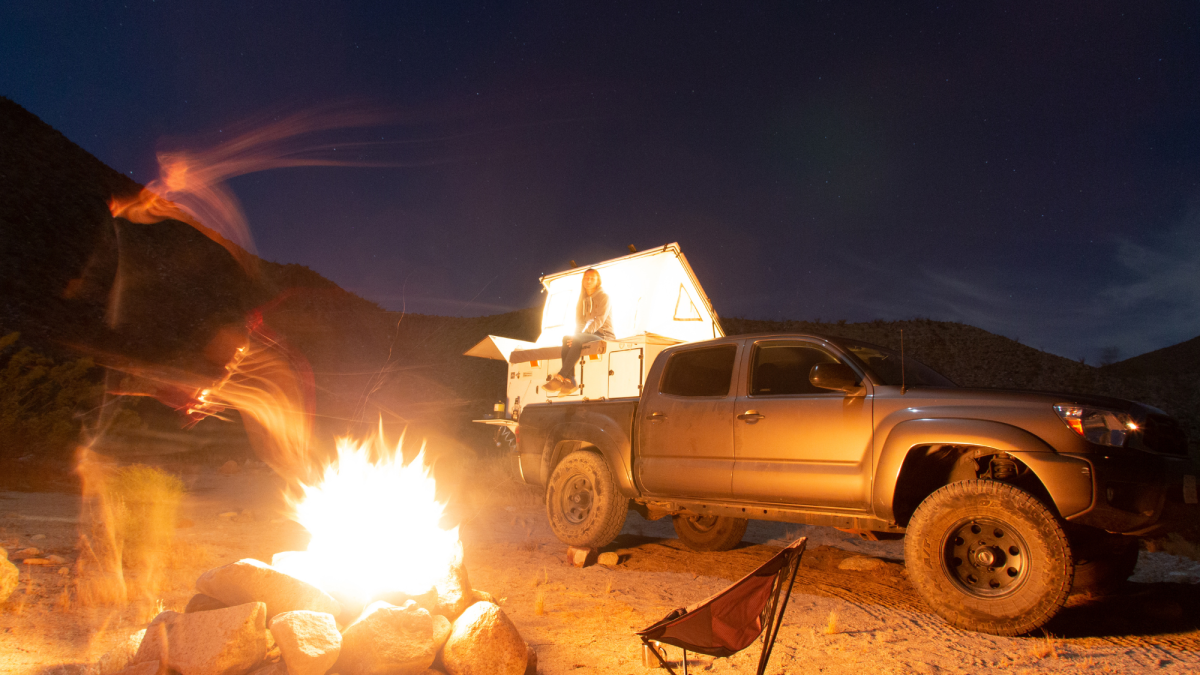Five Critical Traits For Your Survival Knife
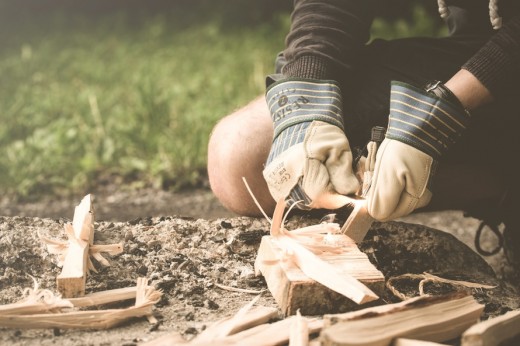
Function over form
Your survival knife builds your shelter, cuts your food, splits firewood and starts your campfire. Camping without one opens your up to a world of hurt, and your chances for survival without one are slim, at best.
1 - Strength
A knife needs to be strong to stand up to the rigors of daily survival chores; you don't want your knife to snap off at the grip when you are splitting your tinder, nor do you want it to come loose and possibly harm you.
For that reason, it is best to choose a knife that has a broad blade (2-3 mm wide) that has a long tang. The tang is the part of the blade that runs through the grip - the longer it is, the more force can be applied to it without it breaking. The best tangs run all the way to the end of the grip.
Some people recommend a folding knife - this is a good idea for a backup knife (always carry a backup when going into the wild!) but for your primary tool you want it to be straight and fixed. Remember, a blade that folds has a weakness at its hinging point, and thus a higher chance of breaking when used.
Remember local laws!
These tips will apply to most blades, but remember that your local laws may place limits on the length of blades, whether it may have more than one edge, serrations or if it may be a folded blade or not.
While in a true survival situation any knife is your friend, remember than carrying an illegal blade is cause for your arrest if you are caught with one!
2 - Enduring Edge
The edge of the blade is important, because the sharper the blade, the easier the work. This applies not just to splitting small wood logs, but also to fine carving work, such as a trap release.
There are two main camps when it comes to the material of the blade: stainless steel or carbon. On the whole, stainless steel is more resistant to the elements, but harder to keep an edge on. Carbon holds a very good edge, but will degrade quicker as it corrodes.
This also means that it's a good idea to carry a whetstone (sharpening stone) with you. Often, a knife comes with a sheath containing some space to carry such utilities. Sharpen a knife before you leave, so that it is ready when needed. When you have used a blade, make sure to clean it, dry it and store it again.
3 - Simple utility over features
Survival knives come with all manner of features at times - serrated edges, survival kit in the grip, a compass as its pommel. When selecting your primary survival tool, it's better to go for a straightforward, quality knife. Serrated edges are tough to sharpen, and a grip with extra features likely is weaker and does not hold a full tang.
What you want from your knife is the trinity of a strong blade, an ergonomic grip and a good sheathe. Any more than that is not necessary.
4 - Sized for you
Size and weight are the dominant factors here. A knife does not have to be huge to be effective. You are looking for a tool that makes your life easier, not an assault weapon. On the whole you want your knife to have a blade that is longer than the width of your hand including thumb, and about as long as the space between your wrist and your middle finger, on average four to eight inches or 10 to 20 cm.
You want to have a feel to make sure the grip fits your hand, and that the weight feels comfortable. Often you might be able to try out various kinds of knives at a camping, military surplus or fishing store.Try and move your hand and see how it would feel if you were chopping a thin log, or carving a small stick.
Remember that if you are unsure, find a blade that feels best in terms of size and weight, and try to get a model with customizable grip. Once you have a good knife, it's a great investment to order (or make!) a customized grip.
5 - A sheath that lasts the ages
You will often find that knives that are great come with sheaths that are...not so great. Sometimes they are molded plastic affairs that will dull your edge, or they will not sit securely so that you run the risk of your knife falling out when running.
Sheaths are fortunately not hard to find, but you'd want one that is solid (leather and kydex seem to work well), can be clipped on a belt or attached to a gear system (such as Molle or Alice), and features a pouch or pocket to hold your whetstone and a firestriker.
A good feature to have is a closing strap to hold the blade (preferably close to the blade where the grip starts). Consider adding some form of light-reflective or glow in the dark material to the grip, even if it's just a rubber band that glows in the dark, so you can retrieve your blade if you lose it. More than one blade was lost forever in the dark of night or under the cover of rain, and you don't want it to be yours!
Backups!
In any situation, be it camping, fishing or survival, you want to carry backups of your most important survival tools. You want to be able to make fire, shelter and get food.
So, carry your primary knife in its sheath, have a backup in your pack and another in your tacklebox. If you are going with friends into nature, make sure they each carry one or more knives as well!
Fit and purpose
What purpose would you want a knife for?
Bonus: Price and Functionality
As a bonus thing to consider, this is a use-item. While it may be great to have a deer-antler grip, carbon steel blade and an in-built compass, when it comes to survival then stainless steel and plastic will serve you just as well.
Cheap morakniv knives, for example, cost between 10 and 20 dollars/euros, and can be bought at most survival, military dump or camping stores. For that price, buy two or three blades and spread them around. One in your pack, one in your car, one on your person. Now you have achieved the most important thing: a functional knife, available when and where you need it.
